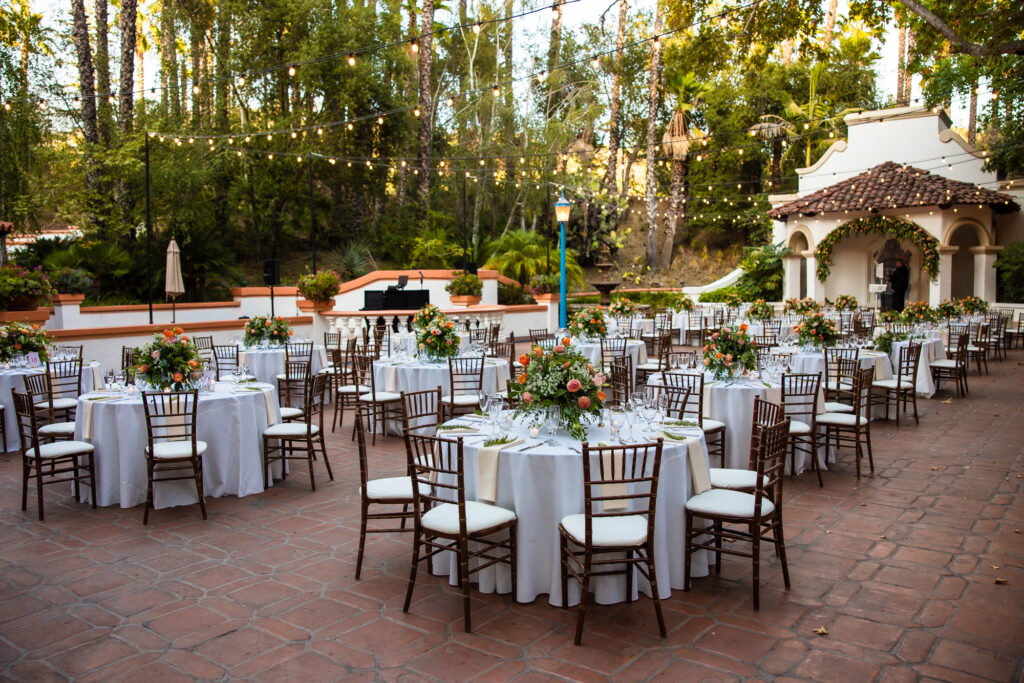
Let’s take a moment to appreciate one of the most significant parts of your wedding reception – the wedding seating chart. There is, undoubtedly, an art to crafting a seating arrangement that is comfortable, enjoyable, and dynamic for all your guests. Between family dynamics, guest relationships, plus-ones, and group sizes, the process of putting together the perfect seating plan can be quite daunting. I’m giving you my top tips to help you make this process an enjoyable one, and ensure your reception runs smoother than ever!
For anything larger than a small, informal reception, a good wedding seating chart is likely to make a significant difference to the success of your reception. A wedding seating plan will almost certainly help things run more smoothly, not only from a management point of view but having guests seated with people they get along with also adds to the overall enjoyment of the day — especially with your wedding reception lasting anywhere from two to four hours. Having a structured plan means guests are saved from the mad panic of trying to find their own seat at a table with their friends or family, and you can place people where they’ll be happiest. The right seating arrangement can encourage conversation, create new friendships, and maintain the atmosphere of celebration. Let’s dive into how you can do this.
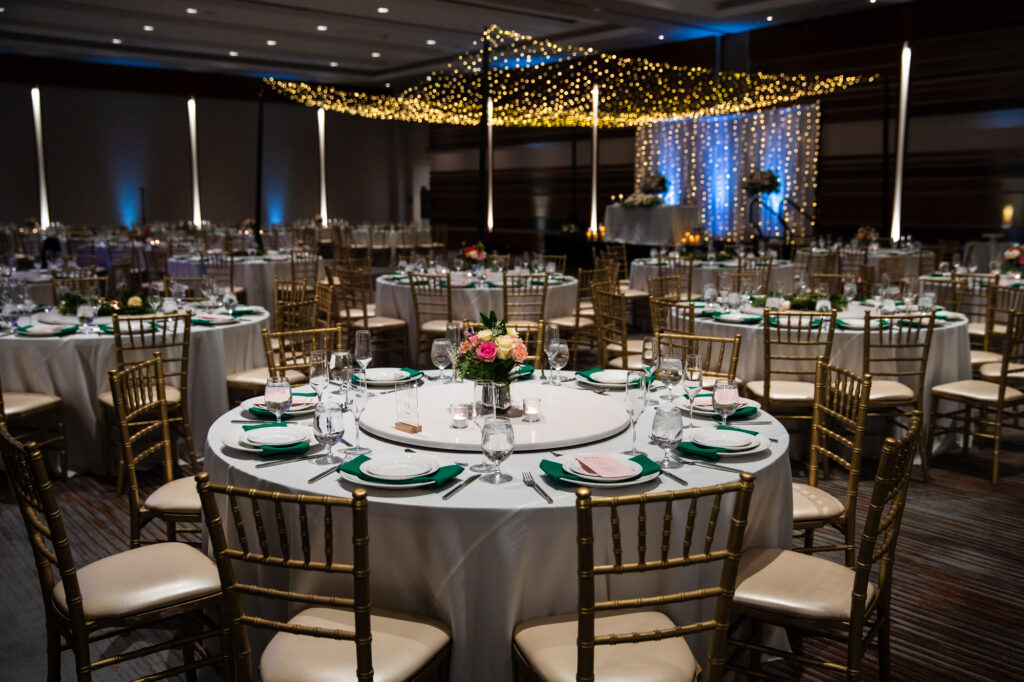
Head Table Tactics
Modern weddings and families come in all different shapes and sizes. This means that following the “conventional layout” doesn’t always work. Don’t be afraid to break the rules when it comes to planning your wedding seating chart. Traditionally, the bride and groom would sit at the center of a long table with both sets of parents, the Maid of Honor, and the Best Man. However, not all families will fit into this mold so it’s really up to you how you plan your top table. Most couples I see now choose to have a Sweetheart Table, a table reserved just for them — this is what I did for my wedding too. Other couples choose to have a head table filled with their friends. There are no rules. You can also choose to have round tables to avoid any arguments around any family hierarchy or disagreements about who should sit where.
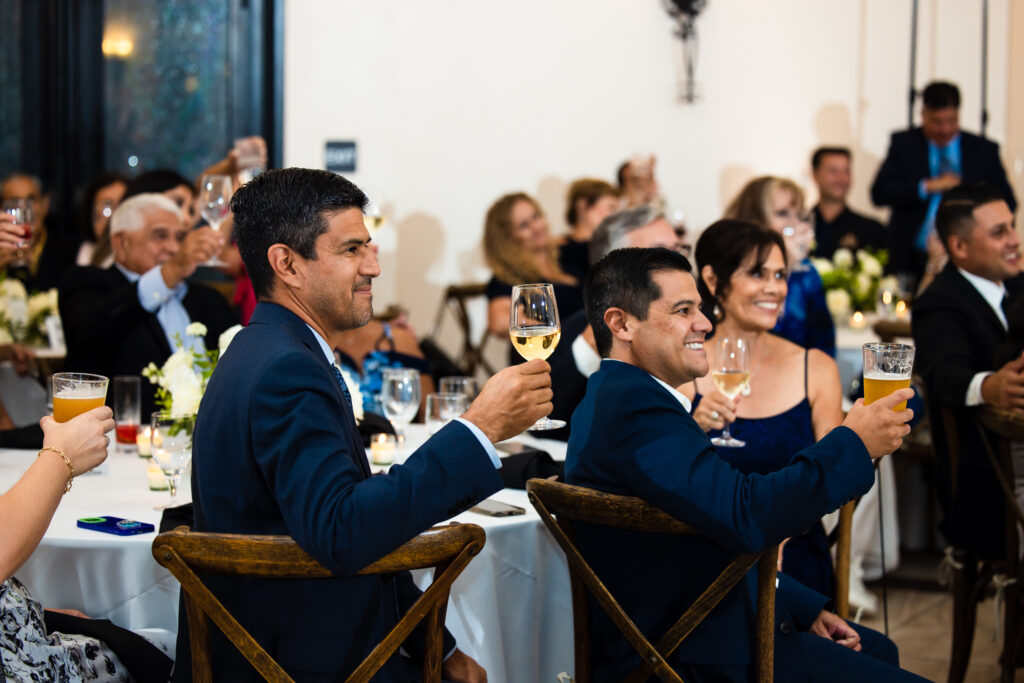
Understanding Group Dynamics
Before you start assigning seats, strive to understand the relationships between your guests. You can group them into categories like family, friends, and colleagues, but also consider the subtler dynamics. Are there any unresolved issues between certain guests? Any potential for new connections?
Once you have a general idea of your table setup, consider the interests and relationships of each guest and be considerate in your seating arrangements. Not even your most confident and bubbly friends will want to sit at a table full of complete strangers, so put acquaintances together where you can. If you have guests who don’t know anyone, seat them near others with similar traits or interests. If you have a group of friends that can’t fit at one table, split them down the middle, and fill in each table with other guests. Place the shyer, more reserved folks near outgoing individuals to encourage interaction and maintain an upbeat energy throughout the evening. No need to compromise on anyone’s comfort or enjoyment!
Also, don’t forget to think about the needs of all guests. For instance, elderly guests might need easy access to the exit, while families with children might appreciate being seated together in a more child-friendly area. Depending on how many smaller children you have in attendance, you may consider having a Kid’s Table. This can keep younger guests entertained and let parents relax during their meal. You could put out games, crayons, and treats for them to enjoy. Make sure that guests in wheelchairs or with other movement concerns have clear and easy access to the tables, dance floor, and the exit. Another tip for guests in wheelchairs: make sure the venue is aware to remove the chair at their table in advance.
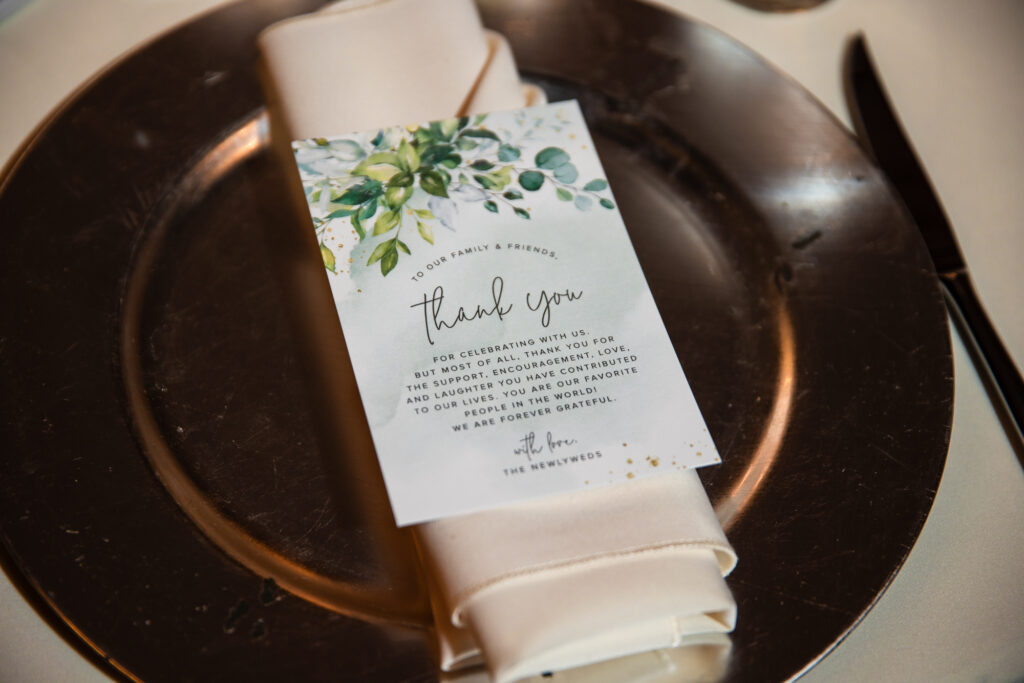
Table Talk: Arrangements, Shapes, and Sizes
The shape of your tables can significantly impact the overall feel of your reception. Round tables encourage sociable interactions with guests being able to speak to more people than just those seated on either side or opposite them. So, they can be great for creating a real buzz in the room. Trestle tables are a more relaxed aesthetic but can also look very stunning and impressive in a long line. Another bonus of trestle tables is that they can be left individually or pushed together to create any length. Consider the needs and comfort of your guests, such as providing a child-friendly area and easy access for elderly or mobility-challenged guests.

Mix & Match
To keep those conversations flowing, place guests with different personalities and interests together. Think of it as creating the perfect chemistry for a night of unforgettable banter and mingling. Consider placing outgoing individuals next to shyer guests to encourage engagement.
Tech Tools
Take advantage of the many digital tools and wedding seating chart apps available to simplify the process. These tools allow you to visualize the layout and make adjustments. These apps often come with digital floor plans and drag-and-drop technology so you can play around with the arrangement of your room until you are happy. You can also import your guest list, track RSVPs, and allocate guests to specific tables. Some apps also allow you to input meal preferences and communicate with your venue and other wedding suppliers. Having these tools at your disposal can make the entire process more efficient and enjoyable. It’s a total game-changer, and your wedding seating chart becomes your master database.
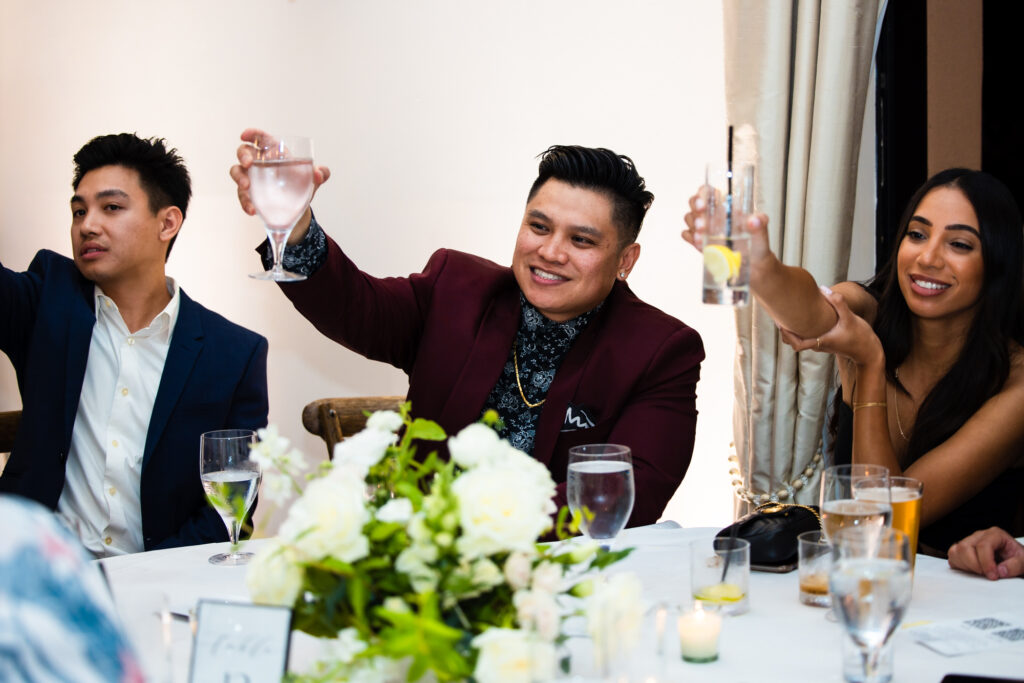
Creating your wedding seating chart should be as enjoyable and personal as the rest of your wedding planning journey. Embrace the creative process, trust your instincts, and most importantly, soak in every moment of your celebration. Be accommodating, but don’t let it stress you out too much. Odds are, after dinner, everyone will rise and start mingling anyway. Cheers to a beautifully organized and happy reception!